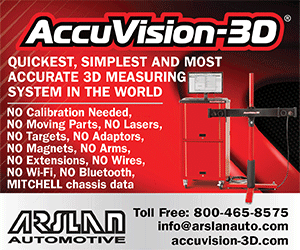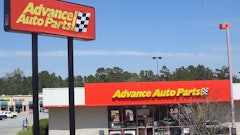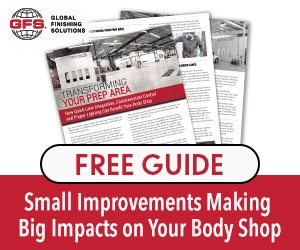
By Mike Davey
Hamilton, Ontario — January 17, 2017 — What’s the best system for compensating technicians and other production staff? While our latest survey doesn’t provide a firm answer, it does tell us that different facilities would answer the question in different ways.
The 2017 Staff Compensation Survey asked facility owners and managers to describe the payment options used in their facilities and to tell us why they preferred that system over others. Our next survey focuses on access to OEM repair procedures during estimating and repair. Make sure to take two minutes and fill out the survey at this link.
The majority of respondents to the compensation survey identified themselves as owners or managers of autobody shops. There were some respondents who don’t fit into that category and were shown different questions. We’ll take a look at the shop owners and managers first.
First, we asked owners and managers to describe the compensation set-up at their facility. There were five answers to choose from:
– Flat rate: Payment is per job.
– Hourly/Salary: Compensation is by the hour or week, regardless of tasks performed.
– Combined: Hourly rate plus incentives.
– Team pay: A team is assigned to each job, and hours are pooled and divided equally.
– Mixed: We use different systems for different people.
We knew going in that the “team pay” option wasn’t very common. In fact, literally no respondents to our survey use that method of compensation. More surprising were the number of shops who use an hourly/salary method for production staff. About 38 percent of our survey respondents use this method in their facilities.
No matter what a respondent chose, they were then asked why they used that particular system. In the case of hourly/salary shops, they could choose multiple answers to explain why they preferred that system. Approximately half of respondents said they used this system because “It’s fair” with a corresponding number of respondents choosing “It’s simple.” About 25 percent of respondents indicated that “It incentivizes technicians to perform thorough repairs.” One respondent also pointed out that, in their view, the flat rate system isn’t well suited to smaller shops.
“We are a small shop who have to share roles between body/paint/prep and detail work. It would be difficult to use a flat rate system,” they wrote.
Just 12 percent of our survey respondents are using an unmodified flat rate system. In this case, literally every respondent chose the same answer to explain why: “It incentivizes producitivity.”
Finally, the combined and mixed systems drew 25 percent each. Regarding the shops using the combined system, every respondent chose the same reason: “It incentives both thorough repairs and high production.”
Regarding the mixed system, one comment left on the question probably sums up the reasoning best: “The different skill levels do not work for all aspects of collision repair.” In other words, this shop pays some people hourly and some on flat rate, and may combine the two for some staff, due to varying skill levels with different tasks.
 |
|
| A breakdown of reasons respondents prefer an hourly/salary method of compensation. |
As noted previously, not all of the respondents who took the survey were shop owners or managers. The non-repairer respondents filled a number of roles in the auto claims economy, including insurance, suppliers and other partners. These respondents were asked to tell us which compensation method was the most common in the shops they did business with.
Two-thirds of respondents in this category chose “Flat Rate,” indicating it was the most common. The remaining one-third of respondents all chose “Hourly/Salary.” While they may have been split in choosing which was the most common, they were unified in their answer to which system got the best results in their opinion, answering “Combined: Hourly rate plus incentives.”
Make sure to check out our next survey on access to OEM repair procedures at this link, and watch for the results next week!
Save
Save























